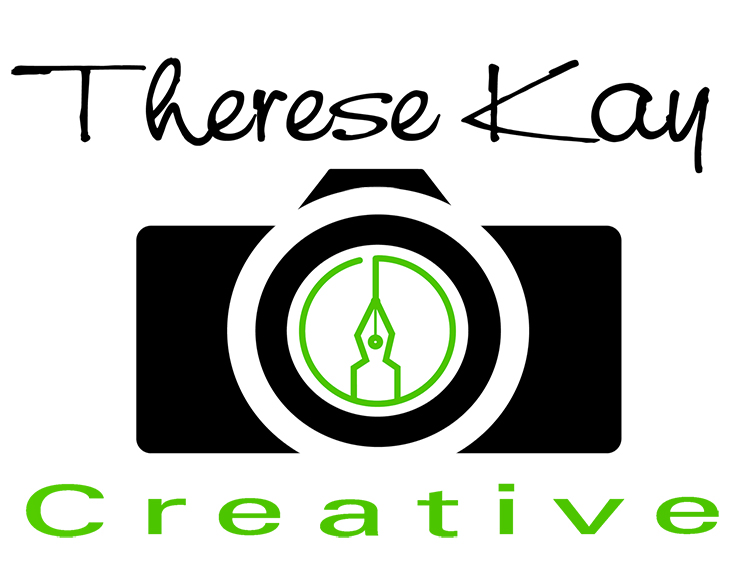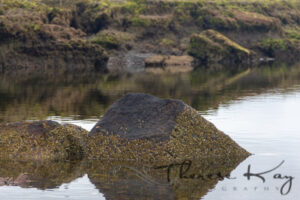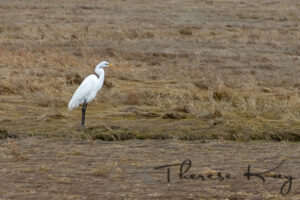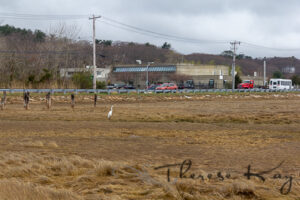Framing as Storytelling
Framing is a photographic technique which every photographer uses, whether they realize it or not. To use framing more effectively, it is important to become more aware of how we use framing in our photographs and what story that tells both the photographer and the viewer.
Creating a Story
Every image we create tells a story. The photographer has the ability to construct a story through a number of techniques, including point of view, lighting, depth of field (what is in focus and what is not), and composition, as well as framing.
Knowing that you, as the photographer, have some control over the story that is told allows you to be more present. The awareness brings an active seeking and decision-making to what you decide to include or exclude from the image. It becomes a dynamic process of listening and seeing.
An example of this might be a landscape after a fire. Do we tell the story of the devastation showing what seems to be only burnt and barren or do you show the new life growing from the burnt rubble? Often the story we tell is a reflection of our own life and circumstances. “The tenor of our photographs will differ if we are at peace, searching, worried, angry, thankful, and so on. Our photography becomes the crossroads where our story meets the story of the place.” – Valerie K Isenhower (Meditation on Both Sides of the Camera)
Enhancing Your Storytelling
There are ways to enhance the story you are telling through the viewfinder. Here are some questions to ponder, before you snap the shutter:What is the story of this place?
- What is the untold story of this place?
- What are the various options for images before me?
- What is happening in my own life right now or in my community?
- Is there an intersection point between my own story and the story of the place?
- How do I honor the story of the place or the people in the story?
- What might be just below the surface of this story?
- Do I feel led to leave certain aspects of the story as mystery?
- Are there certain aspects of the story I feel led to reveal?
Now, before you snap the shutter, walk around your story and study it from various angles. Begin composing the story in your mind’s eye and then compose it with your camera.
Allowing the story to unfold before you and where you connect with the story will lead to a deeper experience both for you and the viewer. The more connected you feel with your story, the more emotion will be conveyed in the image.
Collaborative Nature of Storytelling
The story you intend to tell and the story your viewer “hears” may be different. Story is collaborative in nature. The viewer will interpret the story being shown through their own lens of experience, bias, belief, and viewpoint – just as you, the photographer, did when you capture the story.
“We [as photographers] interpret what we see before us, and our audience reads the story through our eyes.” – Valerie K Isenhower (Meditation on Both Sides of the Camera)
An Example of Storytelling through Framing
Below are two different photographs that tell very different stories. One tells a quiet sea-side nature story of barnacles and algae on rocks. The other tells the story of urban development along a harbor. The only difference is what I chose to include or exclude from the frame.
I am biased to the beauty of nature, so I tend to exclude as much of the man-made environment as I can. Here’s a similar example of an egret.
Reflecting on the Story You Told
After creating an image of a place, it is good to sit with it yourself and ask a few questions.What were you drawn to or repelled by?
- How did that influence the way you created the story of the place?
- Are you surprised by anything you included or left out of the photo?
- Is there something recorded in the image that you didn’t notice when you were creating the photo?
- What do the answers to these questions reveal about the stories you tell yourself or your presence in the moment?
- Is your mood, life circumstances, or beliefs reflected in the image? How so?
“When we pay attention to how we frame something, we discover what we value most and also what we want to turn away from.” – Christine Valters Paintner in Eyes of the Heart: Photography as a Christian Contemplative Practice
This awareness will help us to more accurately tell the story we are trying to tell.
Applying This to Other Kinds of Storytelling
The same principles apply to other kinds of storytelling. What details will you spell out for your reader?
- What words will you use to describe or emphasize certain details?
- Will you leave certain details out? Why?
Next time you are out and about with your camera and ready to create some photographs, I hope you spend some reflective time pondering your story first! See if it makes a difference in the quality of your photos.




